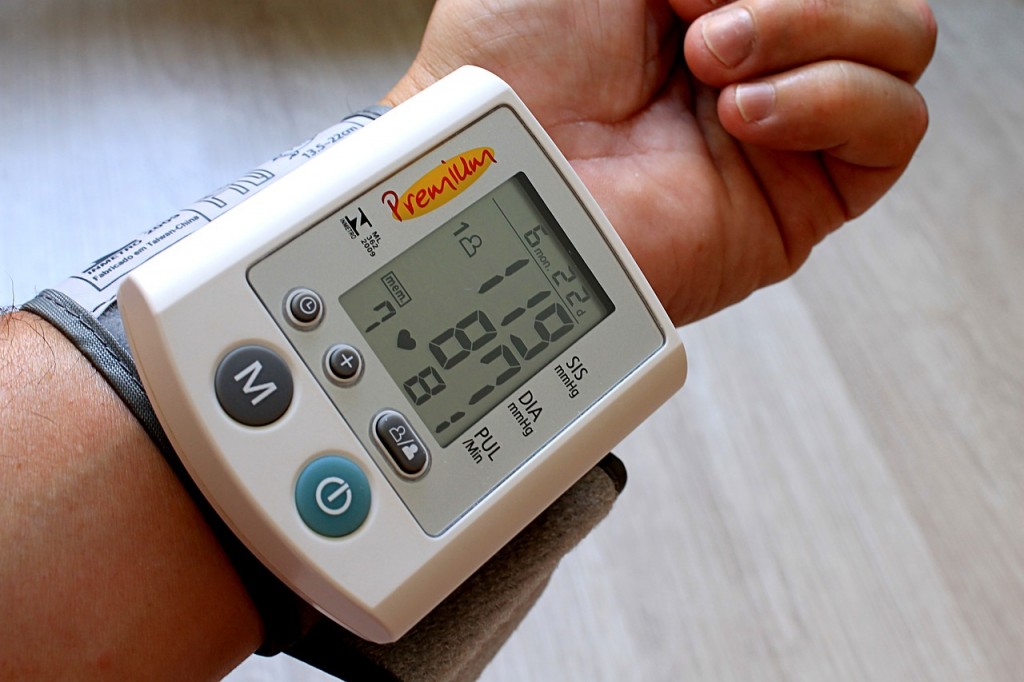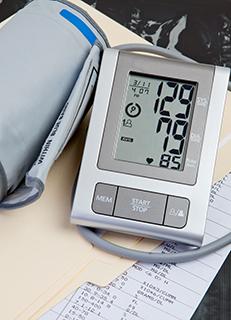GPs should not make decisions about treating patients with hypertension based on high readings of blood pressure they have taken, finds a study in this week's BMJ. Instead, researchers recommend the use of home measurements by the patient or repeated measurements by a nurse, to counter the 'white coat' effect.
The aim of the research was to assess various methods of measuring blood pressure. Eight doctors and three practice nurses participated in the research involving 200 patients.
The patients had either been newly diagnosed with high blood pressure or were already receiving treatment for their high blood pressure. They were all being considered for treatment changes based on clinical readings.
Blood pressure readings were repeatedly made by either a nurse, home measurement, ambulatory monitoring or by a doctor. The researchers found readings made by the doctors were high in comparison to those visited by the nurse or measured by the patients at home.
The authors conclude: "The 'white coat' effect is important in diagnosing and assessing control of hypertension in primary care and is not a research artefact. If ambulatory or home measurements are not available, repeated measurements by a nurse or the patient should result in considerable less unnecessary monitoring, initiation and changing of treatment. It is time to stop using high blood pressure readings by general practitioners to make decisions about treatment."
Continue Reading Below ↓↓↓
Overall the home measurement system performed significantly better than all other methods and was also preferred best by patients, they conclude.
Source: BMJ-British Medical Journal










